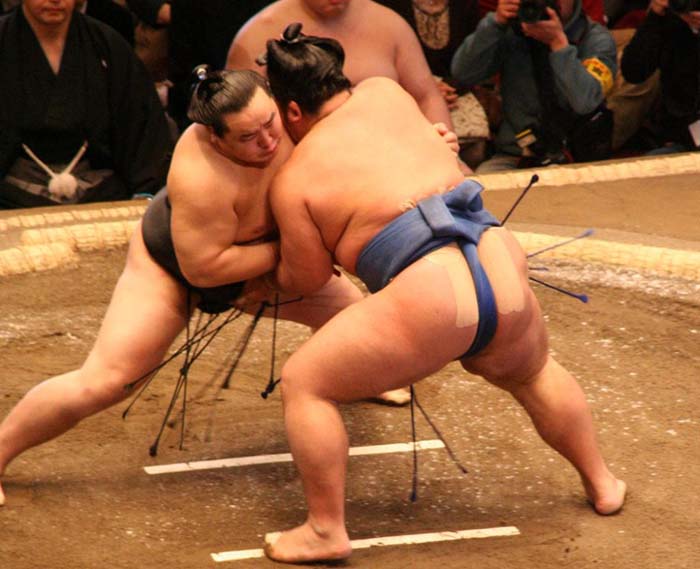Hi friends! Today in the part 2 of the series we will be discussing about another design element
LINE. I hope by the end of part 2 we will be able to grasp a lot more about the use of
line in design.
part II:
LINE or LINES
A LINE is a series of adjcent interconnected points or dots. Lines have no dimesnsions just like dots, where dots are about position lines are about movement and direction. A single line which shows movement has an endpoint to which it leads and creates a shape. As for example a line moves in acurve and meets its starting point which becomes the endpoint and forms a circle.
 |
| circle |
A line when becomes thicker gains dimensions. Aline which gains width has to increase in length to maintain the properties of a line. Width and length are directly proportional to each other to main the properties of a line, Properties of a line changes when line increases in width but not in length, then a line becomes a plane or a surface.
 |
| A line when loses length but gains width becomes a plane or surface |
 |
A line having gained length remains a line
|
A line when comes in contact with another line forms a sense of altered direction or motion.A line can When the angle between lines is acute (less than 90 degrees) the movement and change in direction is perceived to be rapid.Separating lines from each other focuses attention on the individual
identity of each line and the interval between them. As the interval
between a series of lines and the width of those lines varies, a rhythm
is created. Changing the color or value of the lines can add more
complexity to that rhythm.
 |
| As we can see the change in direction in image on the left creates a sense of change in direction. In image in center and far right the variation in thickness creates a rhythmic pattern |
LINES IN OUR ENVIORNMENT
 |
| Lines can be seen created by the waves, it follows the same principles of width and length as discussed above |
 |
| the yellow line on the train and the movement of the train creates many lines which give a sense of direction |
 |
| Lines when connecting to each other create a shape and forms a n isometric design pattern |
USES OF LINES IN TRADITIONAL SENSE
 |
| the two white lines or SHIKIRI-SEN separate the sumo wrestlers |
 |
| The spokes of the wheel and the round curvture are formed inspired by circle and lines |
 |
| the tilak used by Pundits across India |
USES OF LINES IN CONTEMPORARY SENSE
 |
| the wifi logo uses thick lines to show range |
 |
| the lines on the road give a sense of direction |











No comments:
Post a Comment